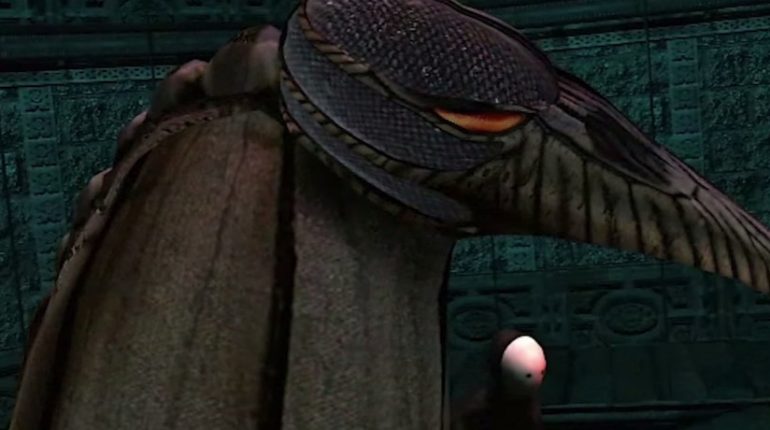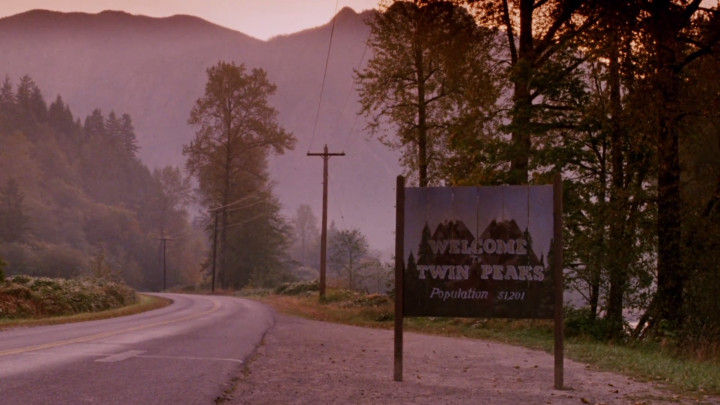
At a glance, Twin Peaks looks like a by-the-numbers murder mystery. There’s the beloved dead girl, the small town full of suspects, and the detective who’s determined to crack the case. It’s a story that’s been told time and time again, with little variation.
But the show is far, far weirder than it initially appears to be. Twin Peaks exists in a world where women talk to logs and people break into dance for no discernible reason. The pie is delicious, and the coffee is damn fine (unless there’s a fish in the percolator). During the day, people invent silent drape-runners, and at night, they dream about siblings that speak backwards. When the show went into syndication, each episode was introduced by a woman clutching a log.
I carry a log — yes. Is it funny to you? It is not to me. Behind all things are reasons. Reasons can even explain the absurd. Do we have the time to learn the reasons behind the human being’s varied behavior? I think not. Some take the time. Are they called detectives? Watch — and see what life teaches
Twin Peaks became a ratings smash because it was able to conceal its true nature. However, its stranger qualities are what made it a cult favorite. It was more than a mystery. It was a show set in a universe where boy can make creamed corn disappear, where stylish dwarfs perform riveting jazz routines. People that tuned into the show wanted to find out who killed Laura Palmer, but they also wanted to see more of the show’s strange, compelling universe. Fans didn’t mind that it was weird, or that it eschewed television traditions. It was loved because it was completely unlike anything else.
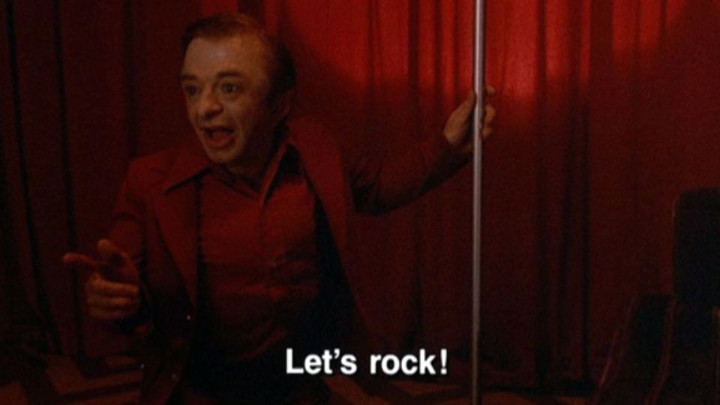
Pathologic is unfortunately short on dancing dwarves, but it’s got eccentricity to spare. The obscure 2005 survival game has plenty of death and despair — it’s set in a plague-ridden town — but the tragic frequently takes a backseat to the bizarre. Children hold somber funerals for patchwork dolls, and paintings of humanoid spiders hang from the walls. Alien creatures wander the streets, happily trading organs for plants.
These strange, surreal towns are an inseparable part of the stories they’re trying to tell. Nothing that happens in Twin Peaks or Pathologic feels ordinary — they operate on an entirely different plane of existence. Even a simple stroll down the street feels like something out of a terrifying dream.
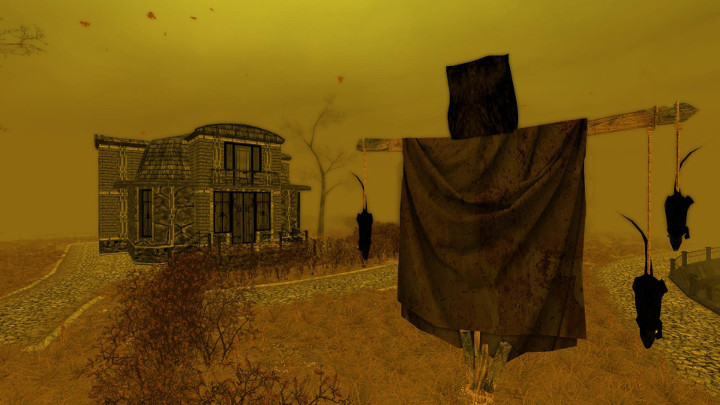
Pathologic never came close to the success Twin Peaks reached; the game was ignored and lambasted upon release. The game looked terrible, the translation was barely readable, and the movement was clunky and dated. Even people that loved the game admitted it was broken, and even its most devoted fans were hesitant to recommend it. But even in the face of its many failings, there was something about Pathologic that captivated players. People knew that it didn’t meet the definition of a good game, but they also knew that it was something truly special.
More than a decade after its initial release, Pathologic is starting to get the attention that it deserves. A remastered version of the game, titled Pathologic Classic HD, was released to positive reviews in 2015. A remake of the original was announced in the same year; it is currently scheduled for a Fall 2017 release.
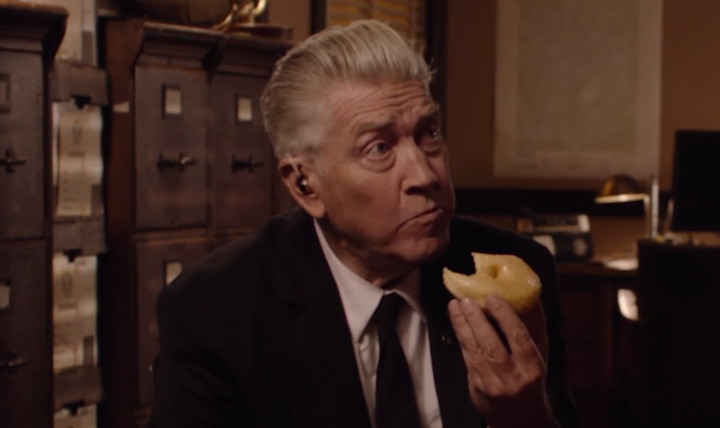
Twin Peaks is also seeing a surprise resurgence. After more than 25 years, Mark Frost and David Lynch are returning to their mysterious Washington town. While the TV landscape has changed dramatically since Twin Peak‘s 1989 debut, the new season should be as surreal as it was decades ago.
When you’re doing something truly special, it’s okay to get a few things wrong. Even the most tired of cliches can be twisted into something completely unique. Twin Peaks and Pathologic play tropes straight as often as they subvert them, but they still feel wholly original. It’s okay that Twin Peaks has some awful acting, and it’s okay that Pathologic has clunky controls. Both works are able transcend their flaws because they offer the kind of experience that’s worth obsessing over.
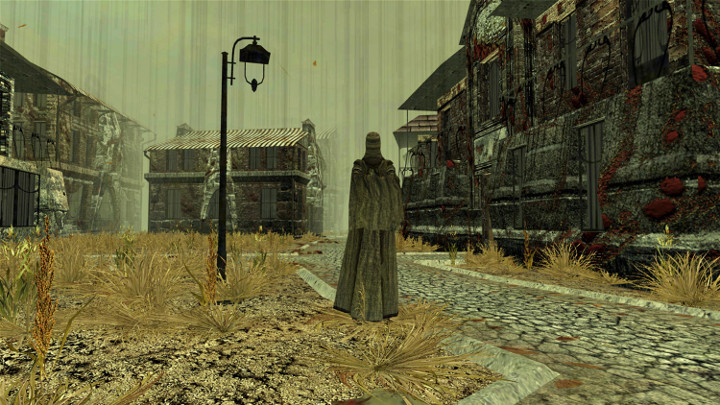
If you like Twin Peaks because of its goofy characters and quotable dialogue, Pathologic might not be your thing. If you’re a fan of Pathologic‘s brutal survival mechanics, Twin Peaks may not win you over. But if you love experimentation and appreciate unwavering weirdness, both works are worth your attention. They may look normal on the surface, but they fully embrace the power of the strange.
